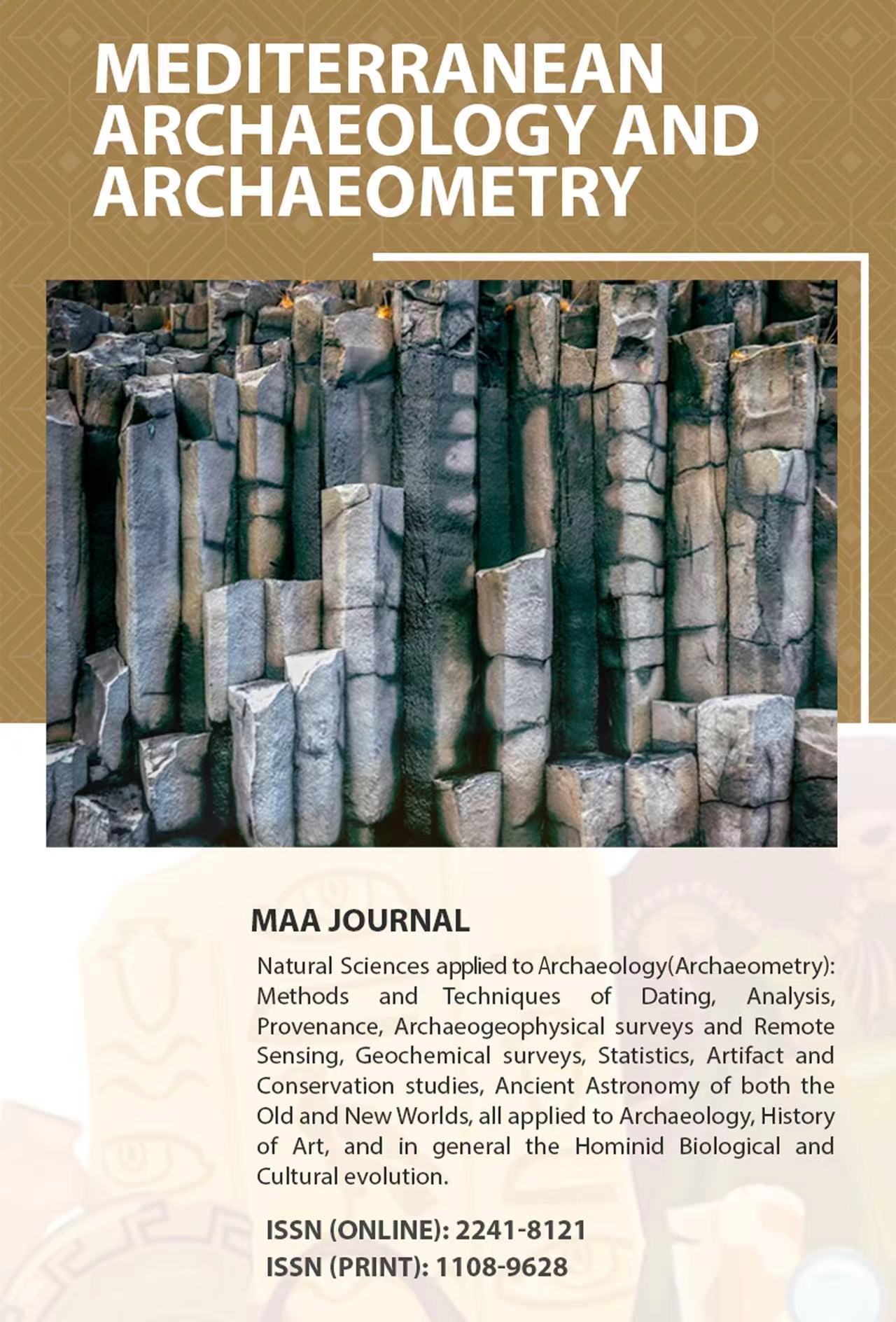Reply of K. Zoghlami & T. Haji, Université de Carthage, Faculté des Sciences de Bizerte, Département de Géologie, Laboratoire Ressources Minérales et Environnement (LRME) on the Critique by Ramzi Azizi
Abstract
We first wish to reaffirm the objective of this research work (Zoghlami, Zaddem, Haji, Gómez-Gras, & Azzaiez, 2024), given that there seems to have been a misunderstanding on the part of R. Azizi regarding this objective as well as the methodology employed for its realization. The fundamental objective of this study lies in the development of an appropriate formulation enabling the manufacture of substitute bricks exhibiting increased resistance to deteriorating agents while remaining compatible with the original bricks, which exhibit a remarkable state of preservation. Initially, it was necessary to identify the raw material used in the manufacture of the original bricks, followed by determining the firing parameters and finally establishing their technical characteristics. This preliminary phase represents the primary objective of this initial research document.
It is important to emphasize that the issue addressed in this article is not within the scope of tectonics or structural geology, and I am not attempting to provide geological updates as claimed by R. Azizi. It is crucial to understand that the geological aspect of the study was undertaken solely to locate the clay samples extracted to identify the source of the raw material used in the manufacture of bricks in the 17th century. I would also like to point out to R. Azizi that the creation of a stratigraphic column or a section synthesizing geological data constitutes an essential part of the research methodology when investigating the origin of construction materials for a given monument, as clearly demonstrated in my previous publications on this topic (Zoghlami & Gómez-Gras, 2009; Zoghlami et al., 2017).
Regarding the similarities between the sections: in order to achieve the objective of this work, we sampled all clay outcrops in the area for analysis. The section created had to pass through as many outcrops as possible and thus have the same orientation. I also remind R. Azizi that we all start with the same basic document, namely the geological map (Figure 1). As for the stratigraphic-thicknesses and Structorology—Cross section, we sought to be as faithful as possible to the field data confirmed by the bibliographic references (further details will be provided by my colleague and co-author Taoufik Haji, who is a specialist in the field). However, if Mr. Azizi expresses doubts, he is encouraged to redo the fieldwork and challenge our results. This is how science progresses: through questioning and constant verification of data and conclusions.










